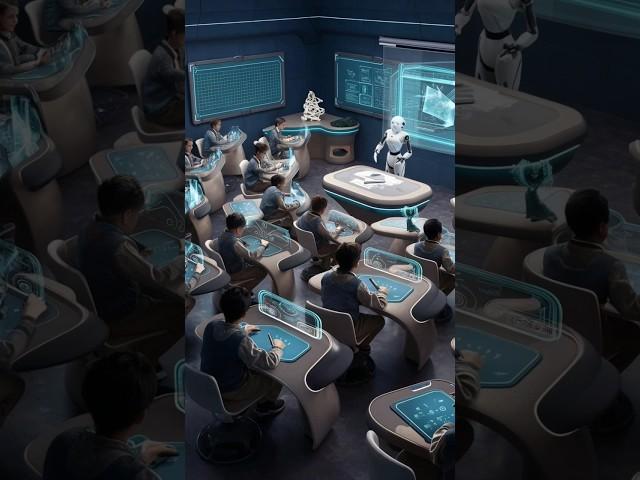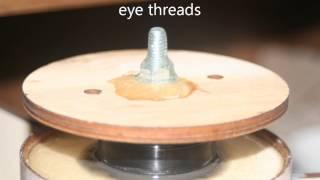Комментарии:
The Classroom of Tomorrow
KRUPARW
5 Healthy Recipe Ideas to Make At Home
Jamie Oliver
MIDNIGHT GOURMAND: a cooking video
brian david gilbert
Fed’s Stagflation Fears Rise as Tariff War Escalates
ITM TRADING, INC.
Обо всем понемногу с Вадимом Бариновым 6.10
cenzura md
MadcowTorrent build day 2
RocketFamily KML
Kim Jong Un embarrassed after North Korea's new warship botches launch
Sky News Australia



























